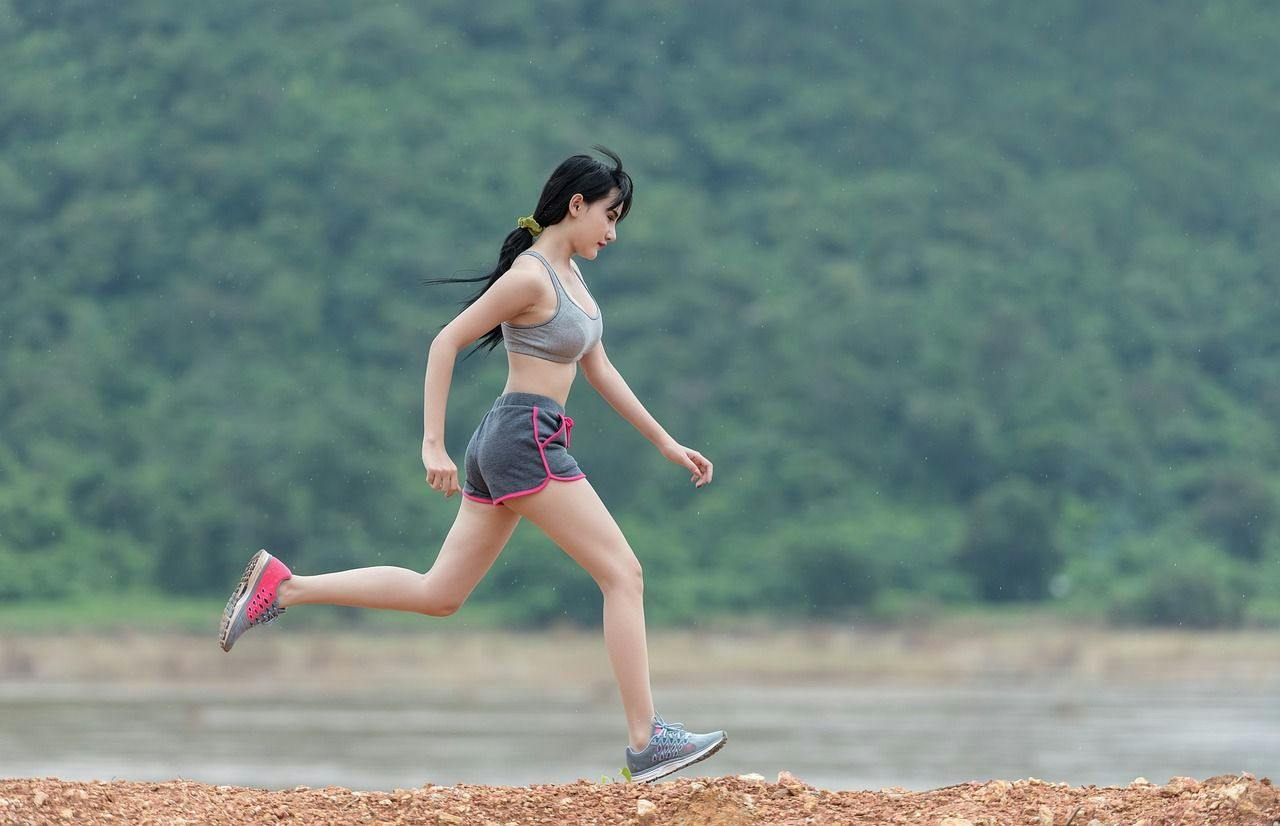The gluteus minimus, located in the hip region, is one of three muscles in the gluteus group. As the smallest of the three, its function often goes unnoticed in everyday activities. However, the gluteus minimus plays a significant role in maintaining upright posture and assisting in lower body movements.
Understanding the Gluteus Minimus
The gluteus minimus is a fan-shaped muscle located deep within the hip. It originates from the outer surface of the ilium and attaches to the top of the femur. The primary function of this muscle is to facilitate hip abduction, which is the action of lifting your leg away from the midline of your body.
The gluteus minimus also works to medially rotate the hip joint. Medial rotation refers to the inward rotation of the hip towards the body’s midline. During activities such as walking or running, the gluteus minimus works in conjunction with other hip muscles to ensure smooth, controlled movements.
The Gluteus Minimus and Mobility
The gluteus minimus is integral in maintaining balance while standing, walking, or running. Its involvement in hip abduction and medial rotation provides stability to the pelvis, reducing the risk of injuries and promoting efficiency in movement.
The gluteus minimus’s role extends to assist in lateral stability during single-leg stance or gait cycle. It prevents the pelvis from dropping to the opposite side, ensuring a stable platform for the moving leg. With every step you take, your gluteus minimus helps you maintain your balance and propel yourself forward.
Moreover, the gluteus minimus can compensate for the gluteus medius in case of injury or weakness, emphasizing its importance for mobility and stability.
Significance of Strengthening the Gluteus Minimus
As with any other muscle, the gluteus minimus can become weak due to inactivity or injury. Weakness in the gluteus minimus can lead to issues with balance, hip stability, and lower body mobility. Thus, it’s important to include gluteus minimus exercises in your routine to improve overall mobility and reduce the risk of injury.
Appropriate exercises for the gluteus minimus include hip abductions, single-leg bridges, and side-lying leg lifts. These exercises target the muscle specifically, improving strength, endurance, and functional capability. Incorporating these exercises into a regular workout routine can enhance mobility and reduce discomfort in everyday movements.
The Gluteus Minimus and Injury Prevention
A strong and well-functioning gluteus minimus can help prevent various injuries related to hip instability or muscle imbalances. Weakness in the gluteus minimus may lead to an increased risk of hip, knee, or lower back injuries due to improper alignment and biomechanics during movement.
For instance, weakness in the gluteus minimus can contribute to iliotibial band syndrome (ITBS), a common overuse injury affecting the outer part of the thigh and knee. ITBS occurs when the iliotibial band becomes tight and inflamed, causing pain and discomfort. Strengthening the gluteus minimus can help reduce the tension on the iliotibial band and alleviate symptoms associated with ITBS.
Furthermore, a strong gluteus minimus can help prevent other lower body injuries such as patellofemoral pain syndrome (PFPS) and hip labral tears. By maintaining proper pelvic alignment and hip stability during movement, the gluteus minimus plays a critical role in ensuring joint health and reducing the risk of injuries.
The Impact of Sedentary Lifestyles on Gluteus Minimus Function
In today’s increasingly sedentary society, many individuals spend a significant portion of their day sitting at desks or engaging in other sedentary activities. Prolonged sitting can lead to tight hip flexors and weak gluteal muscles, including the gluteus minimus. This muscle imbalance can result in poor posture, decreased mobility, and a higher risk of injury.
To counteract the negative effects of a sedentary lifestyle, it is crucial to incorporate regular physical activity and targeted gluteus minimus exercises into your daily routine. Standing up and walking around periodically throughout the day, along with performing specific strengthening exercises, can help maintain the health and function of the gluteus minimus and, by extension, improve overall mobility and posture.
Conclusion
The gluteus minimus plays a pivotal role in daily mobility, despite its modest size. It provides balance, supports movement, and ensures hip stability. As a critical element of the lower body’s muscle system, its health directly impacts our mobility.
Acknowledging the significance of the gluteus minimus leads to a better understanding of our body’s intricate mechanics. With appropriate exercise and care, we can ensure its proper functioning and ultimately enhance our daily mobility. A well-functioning gluteus minimus supports a wide range of activities, making walking, running, or even standing a seamless endeavor. Hence, caring for this muscle equates to caring for our mobility and overall quality of life.


Comments are closed.